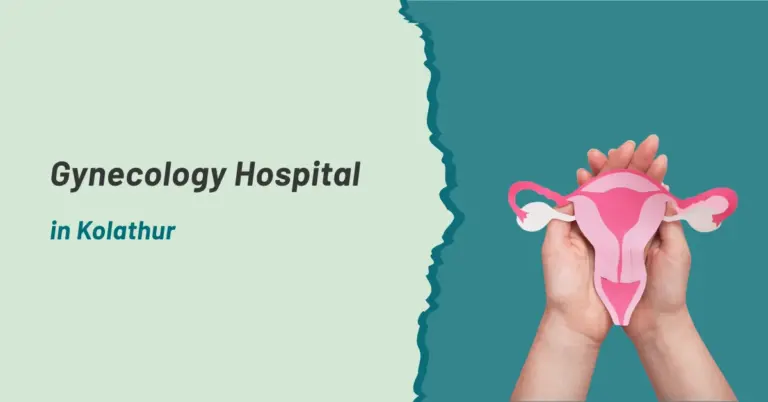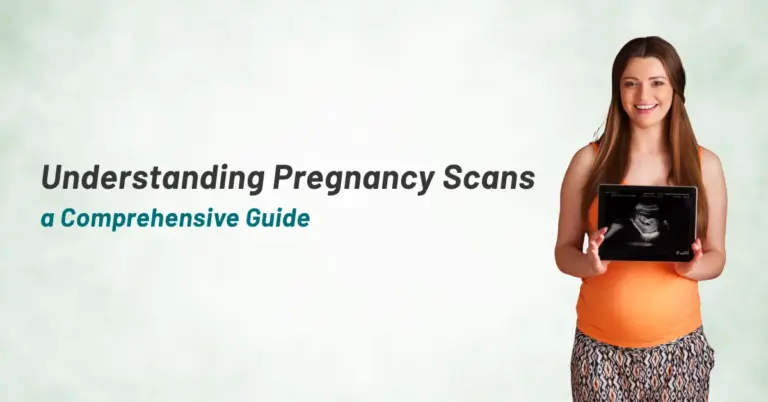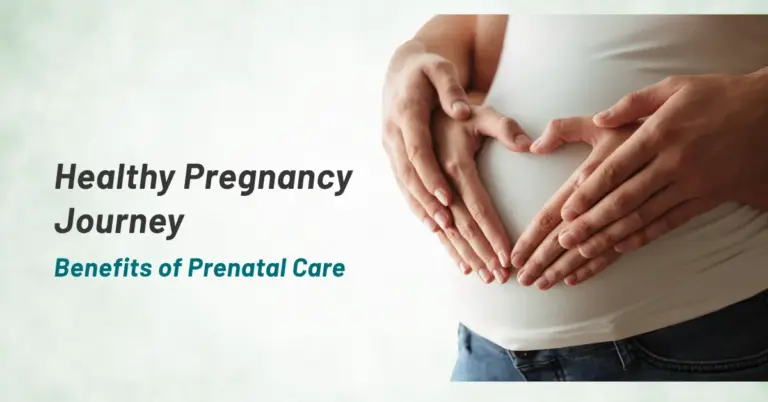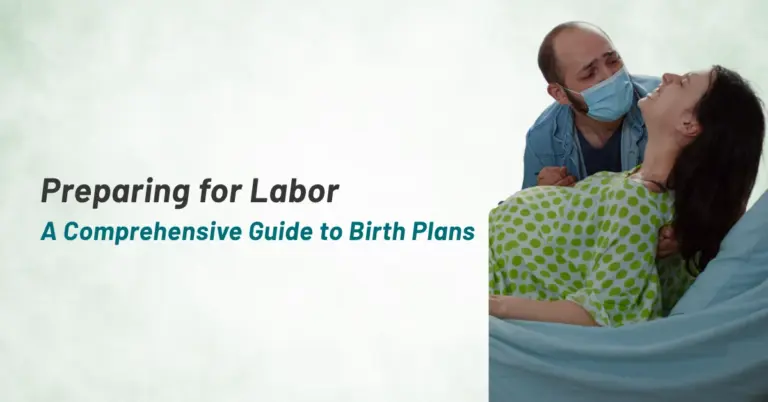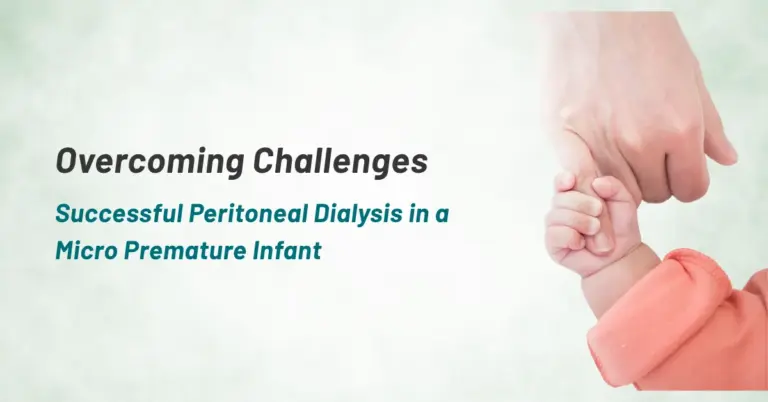Bringing a new life into the world is a journey filled with wonder and anticipation. However, for many expectant mothers, the prospect of labor pain can overshadow the joy of childbirth. Fortunately, modern medicine offers a solution: painless delivery, also known as epidural anesthesia. In this blog, we’ll explore the beauty of painless delivery, what it entails, and everything you need to know to make an informed decision about your birthing options.
Understanding Epidural Anesthesia
Epidural anesthesia is a medical procedure designed to alleviate the pain of childbirth while allowing the mother to remain conscious and actively participate in the birthing process. During epidural administration, a local anesthetic is injected into the lower back, numbing the nerves that transmit pain signals from the uterus and cervix to the brain. This effectively blocks the sensation of labor pain, providing relief without compromising maternal consciousness.
Benefits of Painless Delivery
The benefits of painless delivery extend beyond pain relief alone. By minimizing the discomfort associated with childbirth, epidural anesthesia allows mothers to conserve their energy and focus on the birthing experience with greater clarity and calmness. This can promote a more positive and empowering birth experience, facilitating bonding with the newborn and reducing the risk of maternal exhaustion and distress.
Furthermore, painless delivery offers practical advantages for healthcare providers, allowing for smoother labor progression and reducing the need for emergency interventions in certain cases. By promoting maternal comfort and relaxation, epidural anesthesia can also contribute to more favorable birth outcomes and shorter recovery times for both mother and baby.
Who Can Opt for Painless Delivery
While painless delivery is generally safe and effective for most expectant mothers, certain factors may influence eligibility and candidacy for epidural anesthesia. Gestational age, maternal health status, and pre-existing medical conditions are among the considerations that healthcare providers take into account when determining suitability for epidural administration.
In some cases, epidural anesthesia may be contraindicated, such as in instances of pre-existing neurological disorders, bleeding disorders, or allergies to local anesthetics. Additionally, mothers with certain medical conditions or high-risk pregnancies may require specialized monitoring and evaluation prior to receiving epidural anesthesia.
What to Expect During Painless Delivery
The process of receiving epidural anesthesia typically begins with an initial assessment by an anesthesiologist, who will evaluate the mother’s medical history and discuss the risks and benefits of epidural administration. Once deemed eligible, the mother will be guided through the placement of an epidural catheter, which delivers the anesthetic medication to the desired location in the spine.
Throughout labor and delivery, the anesthesiologist and healthcare team will monitor the mother’s vital signs and adjust the epidural dosage as needed to maintain optimal pain relief while preserving maternal mobility and sensation. It’s important for mothers to communicate any concerns or discomfort during the labor process, as adjustments can be made to enhance comfort and effectiveness.
Postpartum Care and Recovery
Following a painless delivery, mothers may experience temporary side effects such as numbness in the lower body, changes in blood pressure, and difficulty urinating. These effects typically resolve within a few hours after the discontinuation of epidural anesthesia. It’s important for mothers to receive ongoing support and monitoring from healthcare providers during the postpartum period, addressing any concerns or complications that may arise.
In addition to physical recovery, postpartum care encompasses emotional and psychological support for new mothers as they adjust to the demands of parenthood and navigate the challenges of early infancy. Support groups, lactation consultants, and community resources can offer valuable guidance and encouragement during this transformative period.
Painless Delivery – A Boon for Expectant Mothers!
Painless delivery represents a remarkable advancement in modern obstetrics, offering expectant mothers the opportunity to embrace childbirth with greater comfort, confidence, and control. By understanding the beauty of painless delivery and exploring available options for labor pain management, mothers can approach the birthing experience with empowerment and peace of mind. Ultimately, the journey of childbirth is a deeply personal and profound experience, and painless delivery serves as a testament to the remarkable capabilities of modern medicine in enhancing maternal well-being and promoting positive birth experiences.


